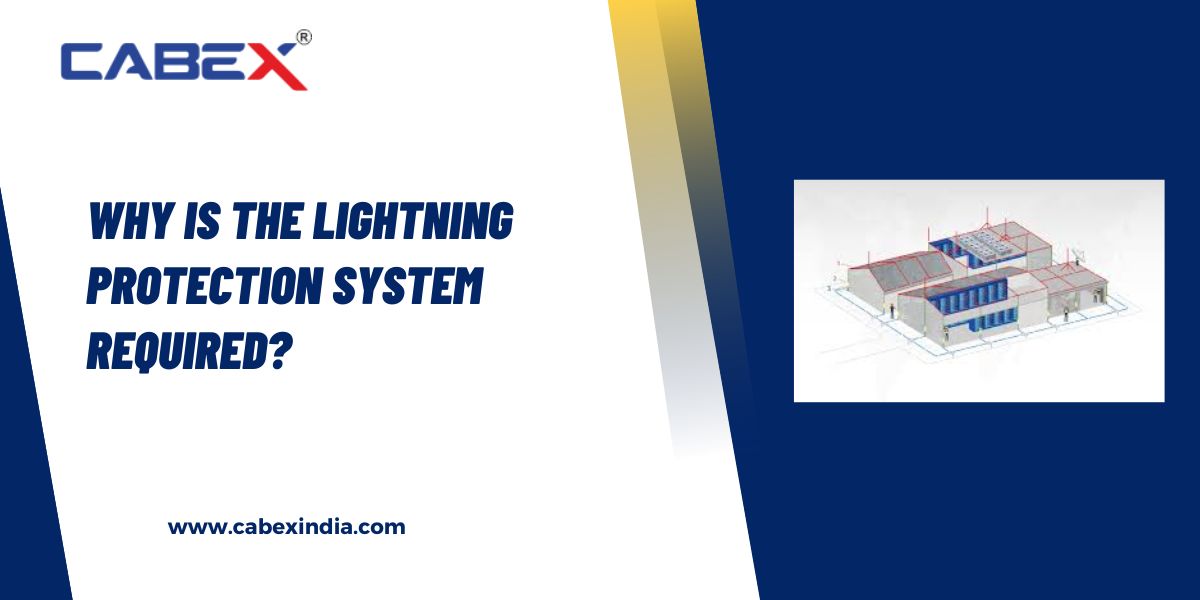Introduction
Lightning Protection System: A term that may not often occupy our daily conversations, but it represents a vital shield against one of nature's most powerful and destructive phenomena - lightning. In a world where our dependence on technology and the safety of our structures continues to grow, understanding why a lightning protection system is required is paramount.
Unpredictable Forces of Nature
Picture this: a bolt of lightning, with a voltage of up to a billion volts, striking the Earth. Such electrical discharges can unleash unimaginable devastation. Without a robust lightning protection system, buildings, equipment, and lives are at risk. Fires, structural damage, and electronic malfunctions are just a few of the potential outcomes.
How Lightning Strikes
To appreciate the necessity of a lightning protection system, we must delve into the science of lightning strikes. Lightning occurs when charged particles within a thundercloud create an electrical imbalance, resulting in the release of energy in the form of lightning. When the ground provides a path of least resistance, the lightning discharges, often striking the tallest object in its vicinity.
The Role of Lightning Rods
One of the fundamental components of a lightning protection system is the lightning rod. This unassuming device, often mounted atop structures, plays a critical role in diverting lightning strikes away from buildings. Its sharp tip provides an attractive target for lightning, which then follows a conductive path safely into the ground, bypassing the structure.
Protecting Lives and Property
The necessity of a lightning protection system extends beyond safeguarding physical structures; it's about preserving lives. Lightning strikes are responsible for numerous fatalities and injuries each year. Having a robust system in place is a preventive measure that significantly reduces the risk to individuals within a building.
Mitigating Fire Hazards
Fires ignited by lightning strikes can be devastating. A lightning protection system minimizes the chances of fires by preventing lightning from directly striking a building's flammable materials. This mitigation of fire hazards not only protects lives but also reduces property damage.
Shielding Electronics and Equipment
In today's digital age, electronics are omnipresent. A sudden surge of electricity from a lightning strike can fry circuits and render equipment useless. The lightning protection system serves as a guardian, diverting harmful electrical surges away from sensitive electronics, ensuring business continuity and safeguarding data.
Compliance with Codes and Standards
Building codes and standards exist to ensure safety and minimize risks. Many regions mandate the installation of a lightning protection system for specific types of structures. Compliance is not just a legal requirement; it's a moral obligation to protect those who live and work in these spaces.
The Varieties of Lightning Protection Systems
Lightning protection systems come in various forms to suit different needs. These include Franklin rods, early streamer emission air terminals, and surge protection devices. The choice of system depends on factors such as the structure's height, location, and the level of protection required.
Conclusion
In conclusion, a lightning protection system is not a mere accessory; it's a fundamental component of safety and resilience in our modern world. As we continue to push the boundaries of technology and inhabit ever-taller structures, the imperative of these systems becomes increasingly evident. Protecting lives, property, and our digital infrastructure, they stand as a testament to our ability to harness science and engineering to mitigate the forces of nature.


No comments yet